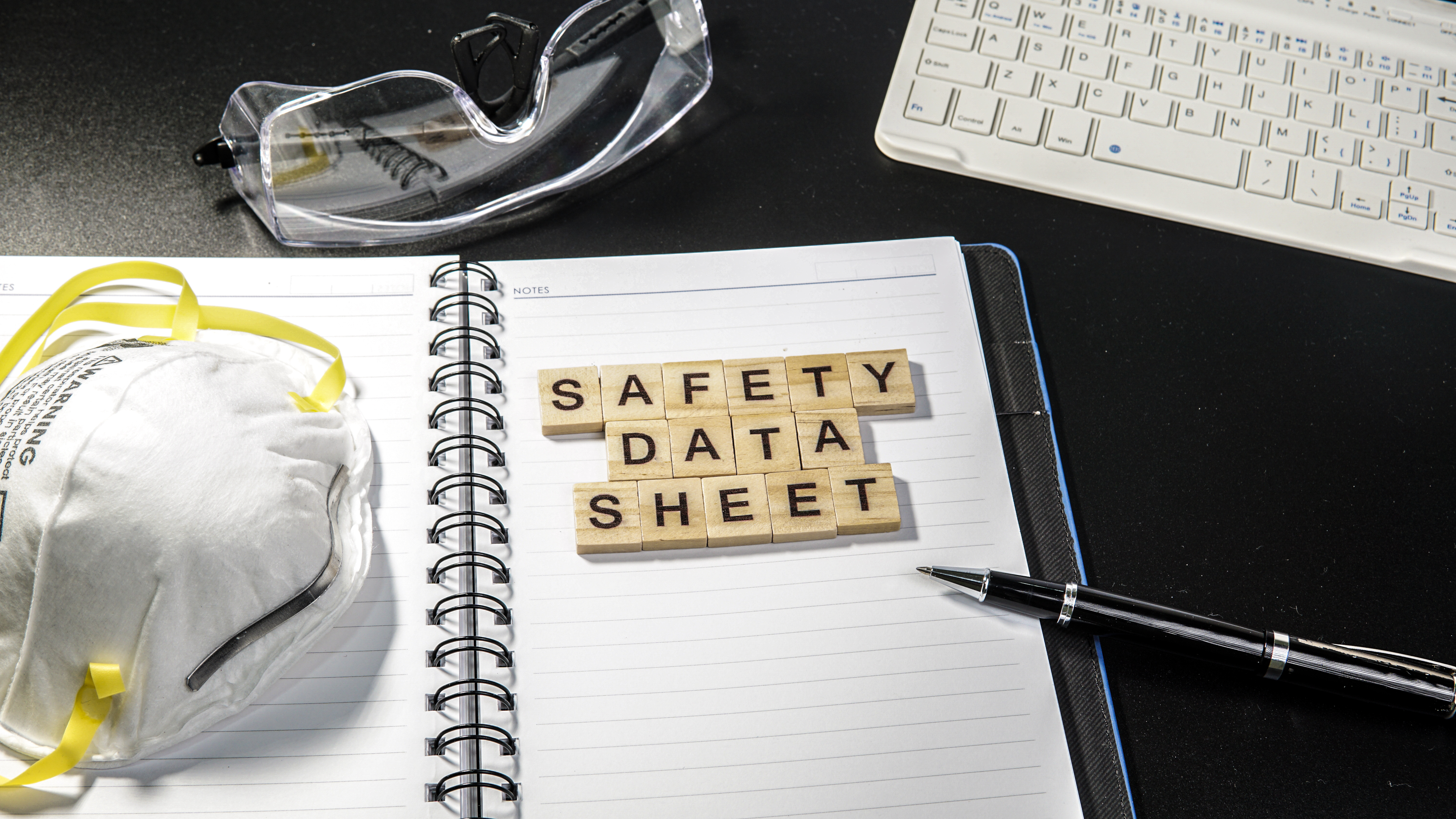9 Things That Make Youth Conferences So Educational

Multiple studies and statistics have shown the benefits of extracurricular activities for young people. Christian youth conferences have become a vital component of modern education, providing young individuals with a unique platform to learn, collaborate, and grow.
These events are no longer mere gatherings but powerful educational experiences that foster personal and academic development. In this article, we will delve into the key factors that make youth conferences exceptionally educational.
From diverse learning opportunities to networking advantages and character development, youth conferences offer much more than meets the eye. Let’s explore the reasons behind the effectiveness of these events.
1. Diverse Learning Opportunities
Youth conferences are brimming with diverse learning opportunities that extend beyond the conventional classroom setting. Participants can explore a wide range of topics, from science and technology to arts and humanities, often with a global perspective. Here are some reasons why these conferences are educational powerhouses:
Workshops and Seminars
Youth conferences typically feature workshops and seminars conducted by experts in various fields. These sessions delve deep into the subject matter and provide hands-on experiences. Participants can learn new skills, gain practical knowledge, and even develop hobbies.
Keynote Speakers
Renowned speakers and thought leaders are often invited to share their insights and experiences at youth conferences. Their speeches are not only inspirational but also educational, offering fresh perspectives on life and career choices.
Interactive Discussions
Youth conferences encourage open discussions and debates. Participants can engage in intellectual conversations, exchanging ideas and viewpoints with their peers. This interactive learning environment fosters critical thinking and broadens horizons.
Cross-Cultural Exposure
Youth conferences frequently bring together young individuals from diverse backgrounds, both culturally and geographically. Interacting with people from different parts of the world introduces participants to new perspectives, ideas, and traditions. This cross-cultural exposure is an invaluable educational experience.
2. Personal Growth and Development
Youth conferences are not just about academics; they also focus on personal growth and character development. Here’s how they contribute to this aspect:
Leadership Opportunities
Youth conferences often involve organizing committees, where participants can take up leadership roles. This experience helps them develop leadership skills, teamwork, and project management abilities.
Confidence Building
Participating in public speaking, presentations, and debates at these conferences boosts self-confidence. Youth learn to express themselves effectively, a skill that carries over into various aspects of life.
Networking Skills
Building a network of like-minded individuals is a critical skill in the professional world. Youth conferences offer a unique opportunity to hone networking skills and make lasting connections.
Exposure to Real-World Issues
Many youth conferences address real-world issues such as climate change, social justice, and global health. Engaging with these topics helps young individuals become socially conscious and active citizens.
3. Cultural and Global Awareness
Youth conferences often emphasize cultural diversity and global awareness, allowing participants to broaden their horizons and gain a better understanding of the world around them:
Cultural Performances
These conferences often include cultural performances, showcasing rich traditions and art forms from different regions. Experiencing such performances can be both educational and enjoyable.
International Partnerships
Youth conferences often forge partnerships with organizations and institutions from around the world. These collaborations provide participants with opportunities to engage in international programs and initiatives.
Global Issues Discussions
Through panel discussions and forums, youth conferences bring attention to global issues, promoting awareness and encouraging active involvement in addressing them.
Exchange Programs
Some youth conferences offer exchange programs or scholarships, enabling participants to travel abroad for further studies or cultural exchanges. This not only enhances their educational experiences but also promotes cultural understanding.
4. Exposure to Career Opportunities
Youth conferences are a great platform for exploring future career options and gaining insights into the professional world:
Career Fairs
Many youth conferences host career fairs where participants can interact with recruiters from various industries. This exposure can help them make informed decisions about their career paths.
Mentorship Opportunities
Conferences often offer mentorship programs, connecting young participants with experienced professionals. These mentors can guide them in their career choices and provide valuable insights.
Skill Development
Workshops and sessions in youth conferences often focus on developing skills that are essential for success in the job market, such as resume building, interview preparation, and entrepreneurship.
Entrepreneurship and Innovation
Some conferences dedicate sessions to entrepreneurship and innovation, inspiring young minds to explore entrepreneurial ventures and think outside the box.
5. Inspiring Social Responsibility
Youth conferences frequently emphasize the importance of social responsibility, encouraging participants to make a positive impact on society:
Volunteer Opportunities
These events often provide opportunities for volunteering and community service, instilling a sense of responsibility and empathy in young individuals.
Social Advocacy
Youth conferences often feature speakers and discussions related to social issues, motivating participants to become advocates for positive change.
Project Initiatives
Participants may collaborate on projects aimed at addressing social, environmental, or health-related issues. These initiatives promote a sense of responsibility and collective action.
Philanthropy
Youth conferences often raise funds for charitable causes, teaching participants the importance of giving back to society.
6. Networking and Friendship
One of the lasting benefits of youth conferences is the friendships and networks that participants build:
Lifelong Friendships
Many participants form deep and lasting friendships during youth conferences. These friendships often transcend geographical boundaries and offer emotional support and intellectual exchange.
Professional Networks
The connections made at youth conferences can turn into valuable professional networks in the future, opening doors to career opportunities and collaborations.
International Connections
With participants from around the world, youth conferences provide an excellent platform for building international connections, which can be beneficial in various aspects of life.
Collaborative Projects
Youth conferences often result in collaborative projects, where participants from different regions work together on initiatives or research, fostering a sense of global unity.
7. Enhanced Problem-Solving Skills
Youth conferences frequently involve activities and challenges that require creative problem-solving, critical thinking, and teamwork:
Simulation Exercises
Some conferences incorporate simulation exercises related to real-world scenarios. These activities challenge participants to think on their feet and develop problem-solving skills.
Group Projects
Working on group projects encourages participants to collaborate and find solutions to complex problems. This enhances their problem-solving abilities and teamwork skills.
Debate and Model UN
Many youth conferences include debates and Model United Nations (MUN) simulations. These activities promote diplomacy and negotiation, contributing to participants’ conflict resolution skills.
Entrepreneurial Challenges
Some conferences host entrepreneurial challenges, where participants need to devise business solutions to specific problems. This fosters innovative thinking and entrepreneurial skills.
8. Exposure to Cutting-Edge Technology
In the digital age, youth conferences often incorporate cutting-edge technology, providing participants with exposure to the latest advancements:
Tech Workshops
Youth conferences frequently feature technology-focused workshops, where participants can learn about coding, robotics, artificial intelligence, and other emerging technologies.
Virtual Reality and Augmented Reality
Some conferences utilize virtual reality (VR) and augmented reality (AR) to create immersive learning experiences, allowing participants to explore new dimensions of education.
E-Learning Platforms
Incorporating e-learning platforms and digital resources, these conferences introduce participants to the modern tools and techniques used in online education.
Hackathons and Tech
Challenges
Hackathons and tech challenges provide hands-on experience in problem-solving and innovation in the technology sector, boosting participants’ technological skills.
9. Empowerment and Self-Expression
Youth conferences often empower participants to find their voices and express themselves creatively:
Art and Creative Workshops
Art and creative workshops allow participants to explore their artistic talents and express themselves through various forms of creativity.
Writing Competitions
Many youth conferences host writing competitions, providing an opportunity for young writers to showcase their talents and receive recognition.
Performance Opportunities
Participants can often showcase their talents in music, dance, and theater performances, boosting their confidence and self-expression.
Social Media and Activism
Youth conferences encourage participants to use social media and online platforms to express their views and engage in activism, providing a powerful outlet for self-expression.
Final Thoughts
Youth conferences offer a dynamic and enriching educational experience that goes beyond traditional classroom learning. From diverse learning opportunities and personal growth to exposure to global issues and career opportunities, these events are essential in shaping the next generation of leaders, innovators, and socially responsible citizens. The impact of youth conferences is profound, leaving a lasting impression on participants and equipping them with the skills and knowledge needed to succeed in an increasingly complex and interconnected world. So, if you ever have the chance to attend a youth conference, seize the opportunity, as the benefits are boundless.


